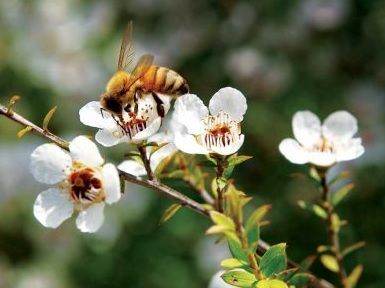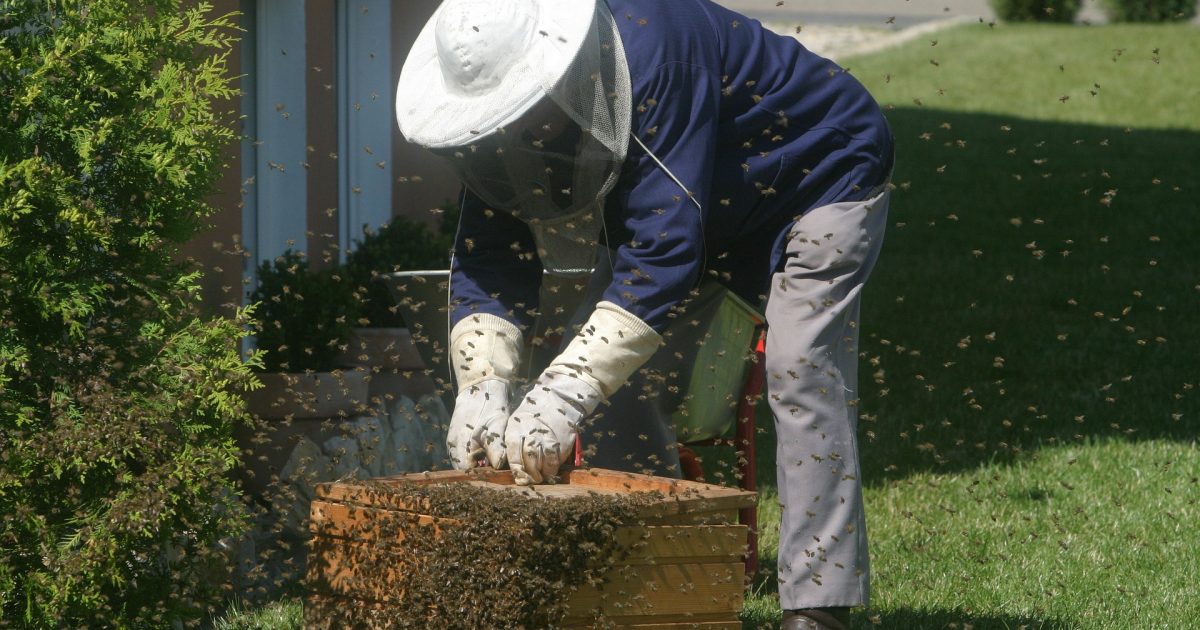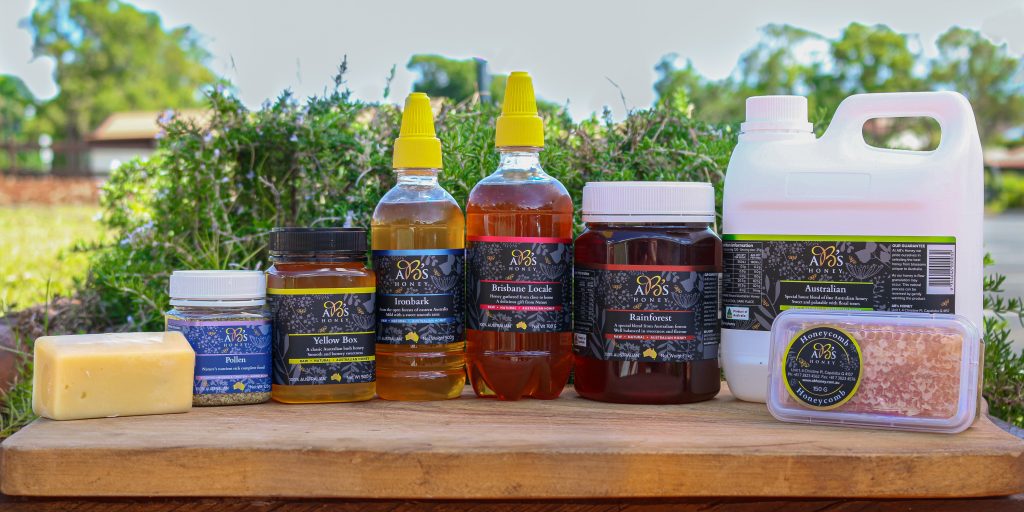The decline in the bee population
Most Australian’s are aware of the declining bee population, the negative implications of this, and the need to help save the bees. Our bee population in Australia is not declining as rapidly as overseas (we are the only continent still free of the parasitic varroa mite), but it is still a growing problem of concern.
The main reasons for the decline in bees in Australia are the use of pesticides, loss of natural habitat, and increase in flowerless landscapes due to urbanisation.
We have provided some ideas below on how you can help save the bees. These ideas include how to save the bees that are native to Australia as well as how to save the honey bees that were imported into Australia by the early European settlers.
How to save the bees
Use fewer pesticides
Bees are not pests, but the pesticides we use do not discriminate. Unfortunately, even organic pesticides can harm bees.
Reducing the amount of pesticides you use is one of the best ways that you can help save the bees. Avoid using pesticides when plants are flowering as this is when bees will most likely be in your garden.
Using pesticides in the evening or night when the bees are away can help reduce the impact of these poisons.
A veggie garden will not only provide you with homegrown vegetables, but is also a great source of nutrition for bees. Consider letting some veggies go to seed so the bees can feast on the flowers. Instead of using pesticides on your veggies, why not try companion planting. Companion planting is a much more bee-friendly way to keep unwanted pests from enjoying your vegetables.
Plant bee-friendly plants
Planting bee-friendly flowers, bushes, and especially trees in your garden is a great way to help save the bees. The best plants for bees in Australia include lavender, herbs, bottlebrush, pincushion hakea, daisies, butterfly bush, sage, grevillea, purple coral pee climber, tea trees, and flowering gums.
Aim for flowers and shrubs in masses of around a metre as clumps this size and larger are more likely to attract bees.
A truly bee-friendly garden provides a source of pollination for bees throughout the year. This type of garden will have plants that flower during each of the four seasons, keeping bees happy all year round.

Provide a source of water
A source of water is also very helpful to bees and having a bee bath nearby your bee-friendly plants is ideal. Bee baths have partially submerged rocks or pebbles to provide bees a safe place to land when they drink.
Build a bee hotel
A bee hotel does not have to be five star! In fact, this excellent article describes how to make an Air Bee’n’ Bee!
Become a beekeeper
Becoming a beekeeper is not for the fainthearted or the semi-committed, but if you are interested there is some interesting information on keeping a beehive in your garden.
Buy locally produced honey
By supporting local beekeepers you are supporting the industry that cares for bees and helps maintain the bee population. Buying local honey will also help stop the decline in the number of Australian beekeepers, again helping to maintain the bee population.
We suggest that you start this initiative to help save bees now by buying one of the delicious 100% natural Australian honeys that we have for sale here at Simply Honey Online Honey Shop! Can we tempt you with Tasmanian Leatherwood Honey or our famous Australian Manuka Honey?
Unlike many honeys you will find in the supermarket, the honey sold at Simply Honey (AB’s Honey) is as natural as can be. It contains all the goodness, flavour, aroma and texture of real raw honey. A delicious healthy treat as only mother nature can provide.


